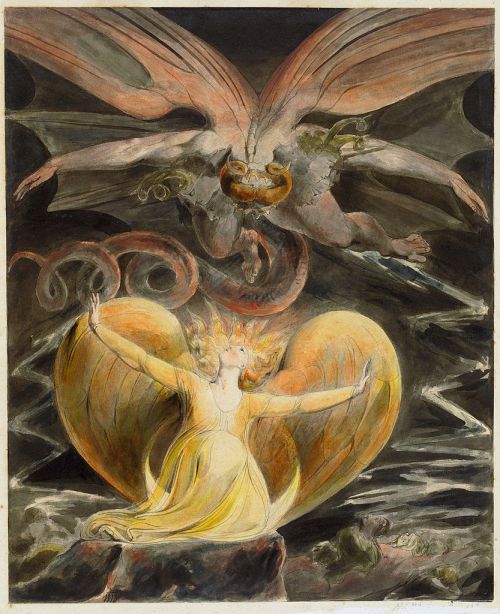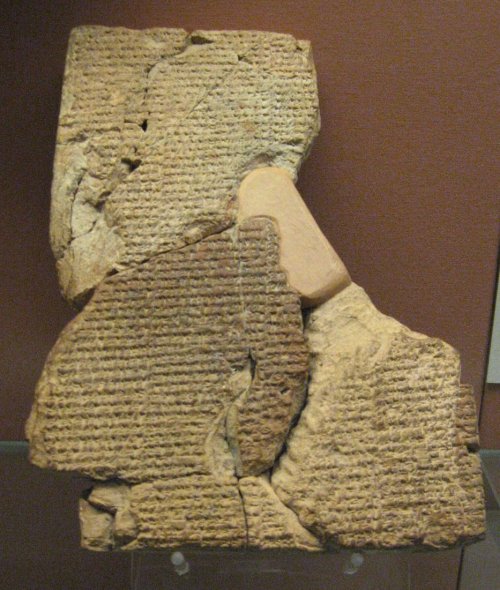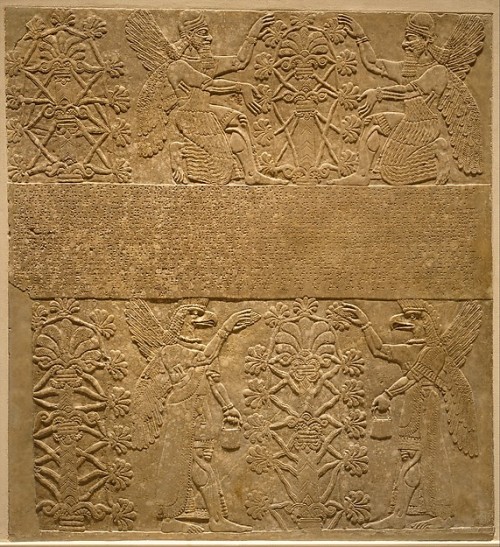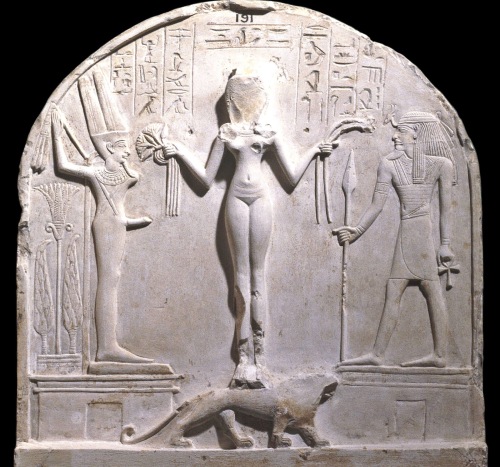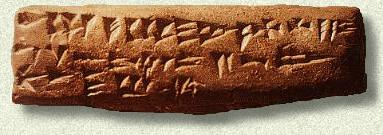Melvin: Divine Instruction Reappears in 1 Enoch
“In contrast, the developments in human civilization according to Genesis 1–11 occur without any level of divine assistance, and indeed, in some cases (e.g., the construction of Babel and its tower) meet with divine opposition.
Moreover, the overall tone of Genesis 3–11 is that of an increasing descent of humanity into sin, and the origins of various aspects of civilization, while not necessarily inherently sinful, receive a negative coloring by virtue of the fact that they are placed within the downward spiral of the human race.
(Batto notes the transformation of Enkidu from his earlier wild, animal-like status as an analog to the civilization of humans. Enkidu’s reception of wisdom results in both the loss of his relationship with the animals and Shamhat’s observation that “you have become like a god” (“Creation Theology,” 20–21).
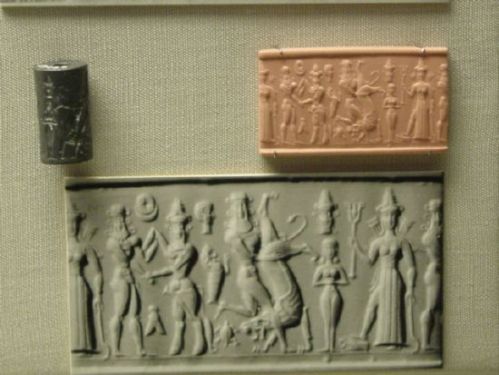
At far left, Enkidu grapples with Gilgamesh, wearing a horned crown of divinity. Enkidu fights a bull in the center, and a goddess, Ishtar, wearing a crown of divinity and weapons at her back, flanks a small female figure, possibly the priestess Shamhat, who tamed Enkidu.
https://en.wikipedia.org/wiki/Shamhat
Finally, mention must be made of the enigmatic account preserved in Genesis 6:1–4. These four brief verses recount the mating of divine beings בני האלהים with human women בנות האדם and the birth of children who are reckoned as mighty warriors of antiquity הבכרים אשר מעולם.
While Genesis 6:1–4 says nothing of the rise of human civilization, later expansions of this tradition in 1 Enoch 6–11 and Jubilees 4:15, 21–23; 8:1–4 do include the revelation of some of the arts of civilization by the Heavenly Watchers (= בני אלהם).
Much of this material finds parallels in Mesopotamian traditions, raising the possibility that Genesis 6:1–4, or perhaps the myth which lies behind the text in its present form, included the divine instruction motif.
(See especially Kvanvig’s comparison of Genesis 6:1–4 and 1 Enoch 6–11 to the apkallu tradition, Atrahasis, and the Adapa myth (Roots of Apocalyptic, 270–342, esp. pp. 313–18).
Paul D. Hanson also sees evidence of the appropriation of ancient Near Eastern traditions concerning euhemeristic culture heroes, such as Gilgamesh, in 1 Enoch 6–11 (“Rebellion in Heaven, Azazel, and Euhemeristic Heroes in 1 Enoch 6–11,” JBL 96 [1977], pp. 226–33; see also David P. Melvin, “The Gilgamesh Traditions and the Pre-History of Genesis 6:1–4,” PRSt [forthcoming]).
A number of scholars have noted that Genesis 6:1–4 appears to be an abridgment of a fuller myth (e.g., Wellhausen, Prolegomena, p. 317; Gunkel, Genesis, p. 59). Yet even here, caution is due, as David L. Petersen points out that there is nothing incomprehensible about the text as it stands and that “these verses do contain a complete plot,” (“Genesis 6:1–4, Yahweh and the Organization of the Cosmos,” JSOT 13 [1979], pp. 47–64; citation from p. 48).
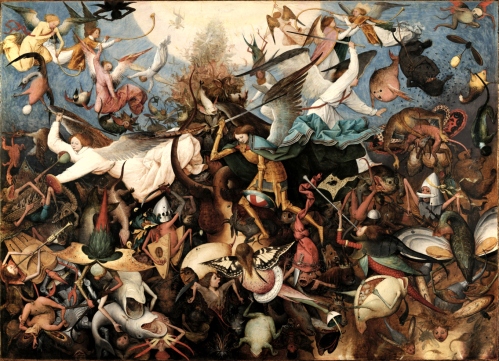
The Fall of the Rebel Angels is an oil-on-panel by Flemish renaissance artist Pieter Brueghel the Elder, painted in 1562. It is currently held and exhibited at the Royal Museums of Fine Arts of Belgium in Brussels.
Brueghel’s depiction of this subject is taken from a passage from the Book of Revelation (12, 2-9) and reveals the artist’s profound debt to Hieronymous Bosch, especially in the grotesque figures of the fallen angels, shown as half-human, half-animal monsters.
Together with Dulle Griet and The Triumph of Death, which have similar dimensions, it was probably painted for the same collector and destined to become part of a series.
https://en.wikipedia.org/wiki/The_Fall_of_the_Rebel_Angels_(Bruegel)
Considering that Genesis 6:1–4, along with Genesis 4:17–22, is the place where one would most expect to find evidence of divine mediation of civilization, the absence of such mediation is all the more striking.
If the author of Genesis 6:1–4 drew upon an early (Mesopotamian?) myth which included something akin to the instruction motif which appears in 1 Enoch 6–11, yet did not include this element, there must have been a reason for this omission.
(Ronald Hendel notes that “The Yahwist retained the story in his composition, yet declined to present it in a full narrative form,” (“Of Demigods and the Deluge: Toward an Interpretation of Genesis 6:1–4,” JBL 106 [1987], 14).
It is, of course, possible that Genesis 6:1–4, perhaps as part of a larger “Yahwist” composition, did originally include the instruction motif, and that the seeming awkwardness and incompleteness of the present text to many scholars is the result of its removal during later editing or transmission. Yet without textual evidence, it is impossible to conclusively arrive at a reconstruction of a fuller original text.)
While one must remain open to the possibility that Genesis 6:1–4 alludes to a larger tradition which included divine instruction, the absence of this motif from the final form of Genesis 6:1–4, especially in light of its (re)appearance in 1 Enoch 6–11, actually underscores the total shift away from divine mediation of culture in Genesis 1–11.”
David P. Melvin, “Divine Mediation and the Rise of Civilization in Mesopotamian Literature and in Genesis 1-11,” Journal of Hebrew Scriptures, 2010, pp. 11-12.



